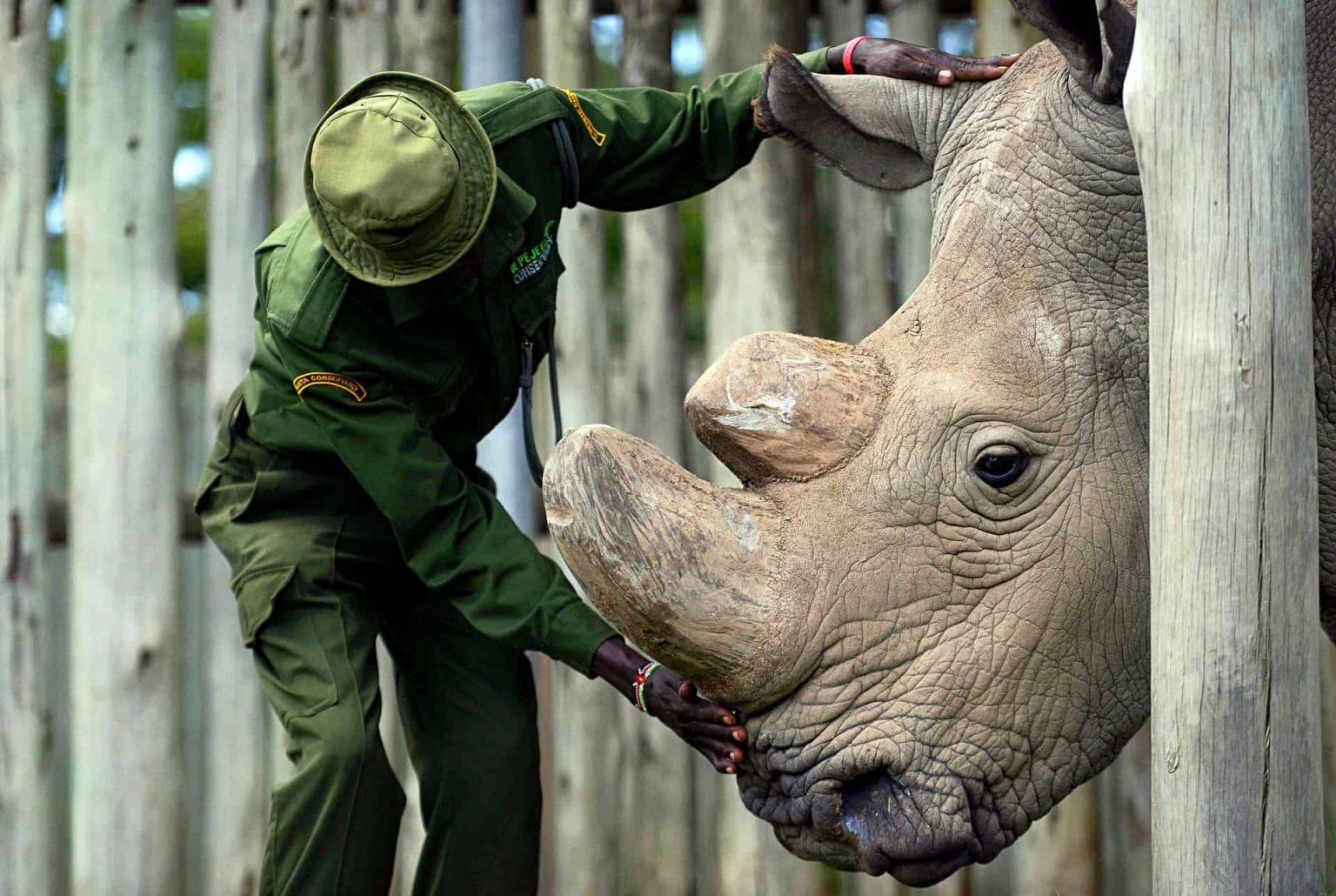He was the world’s most eligible bachelor with tons of efforts being made to ensure his safety. As fate would have it, Sudan, the last northern white rhino male died in March 2018 at his home in Ol Pajeta Conservatory in Kenya. Semen was collected in 2014 when Sudan was over 40 years old. What
[elementor-template id="94265"]
